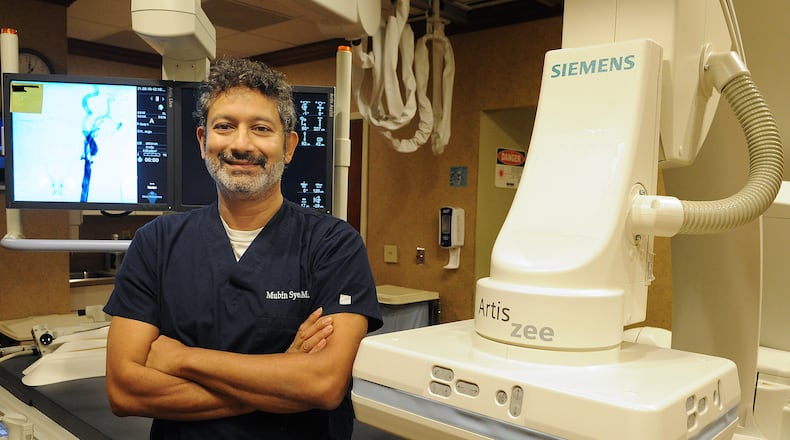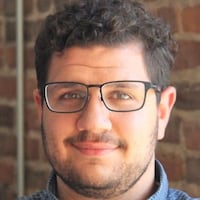“It is not a device that actually reverses strokes. It gets you there so that you can reverse the stroke reliably and quickly especially in difficult anatomy,” said Syed, an interventional radiologist and neuro radiologist who practices in the Springfield and Dayton areas.
The federal money will amount to a total of about $1.7 million that will be awarded and used throughout a two-year period. The money will come in the form of a grant from the National Institute of Health’s Small Business Innovation and Research Program, which is administered by the Department of Health and Human Services.
Syed said the device, that is similar to dental floss in how it works, is one that can be pulled and pushed into place to provide access to the brain for patients that are having a stroke, which is a leading cause of death globally.
“The clock is ticking. Once the circulation to the brain is blocked the brain has limited time to restore itself completely even if you restore the circulation,” Syed said, noting that the device provides access to the brain so blockages can be disrupted in order to restore blood flow back to the brain.
“No one thought of the idea of actually having a tube that could be pulled into place and that is the magic of our device,” he added.
Syed came up with the idea in 2015 and started the company a year later raising funding from mostly local physicians.
Syed said that the idea came mostly from working with patients in Springfield. The physician started working with a biomedical engineer as well as a contact in Silicon Valley that had experience with start up companies and attracting investors.
His company RAM Medical Innovations was also able to secure funding from the Silicon Valley based Band of Angels, a top angel investor group in the country.
Syed is now working with Dr. Azim Shaikh, the CEO of Riverview Health Institute in Dayton, as well as Wright State University graduate student Feras Deek, who is in the process of getting that degree in neuroscience.
With the grant award, the idea is to use the money for research and creating prototypes. The goal is for that device to be able to hit the market in the next two years.
Syed said the Entrepreneurial Services Program in Dayton has been very helpful towards the work his company is doing. He also noted that a lot of the work surrounding the device is happening in Springfield and the Dayton area.
Syed and his company have also been working on another device that focuses on the lower extremities in order to prevent amputation, primarily in diabetic patients.
That device was approved for human use in 2019 and is expected to hit the market in the next two months, Syed said.
By the numbers
$1.7 million - amount of money awarded by the National Institute of Health’s Small Business Innovation and Research Program
2 years - the preferred timeline in which the device will hit the market
2016- when RAM Medical Innovations was created
About the Author

